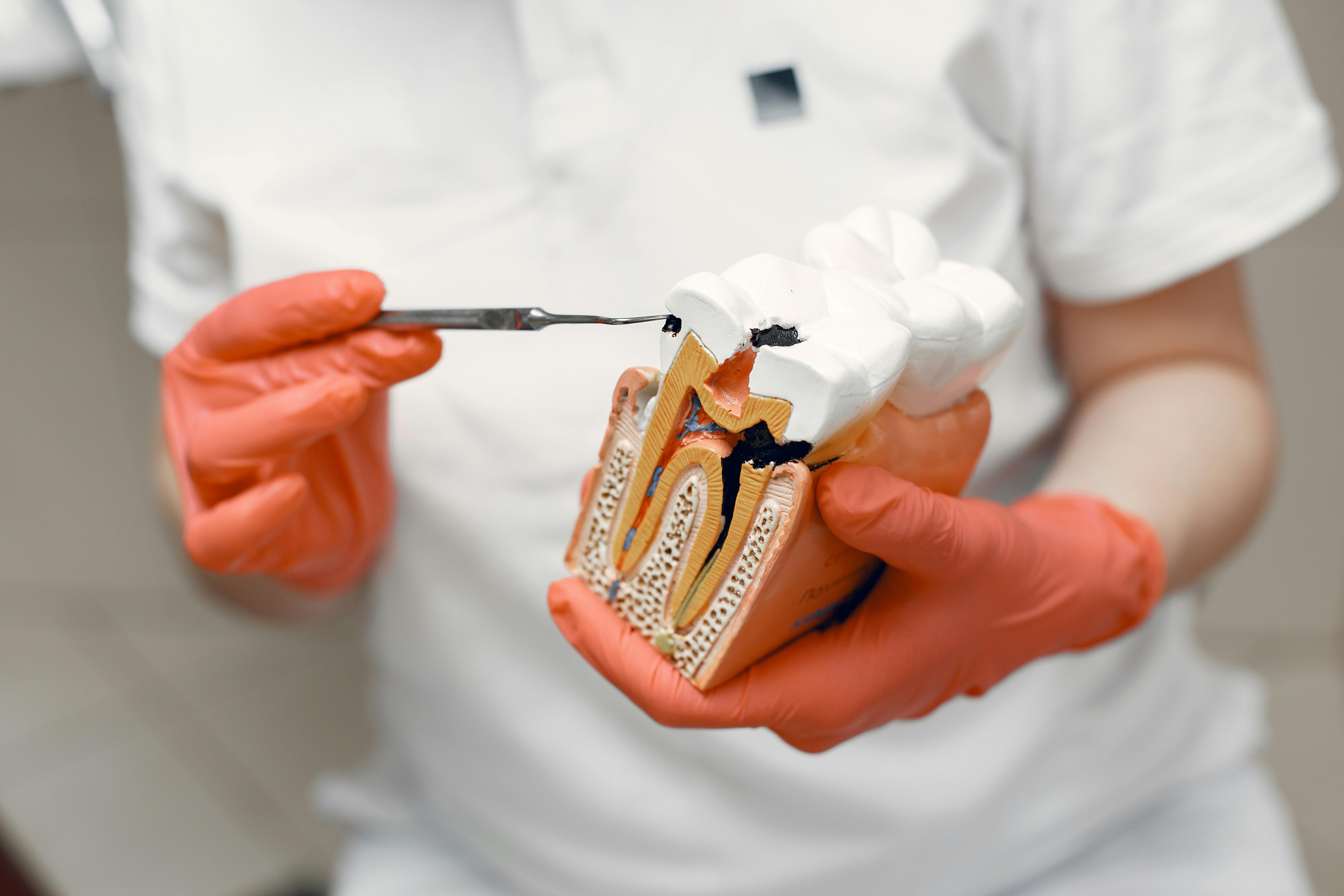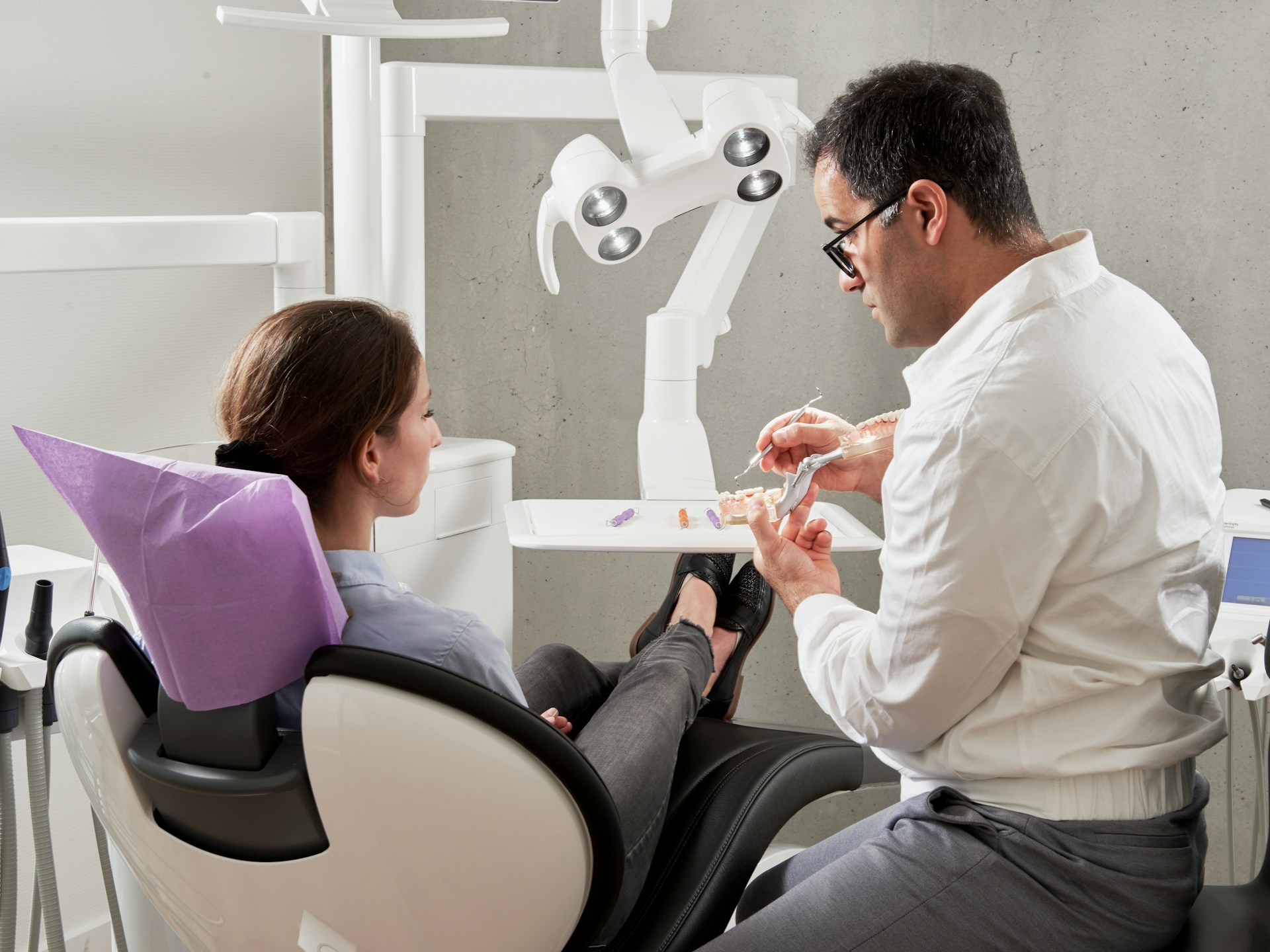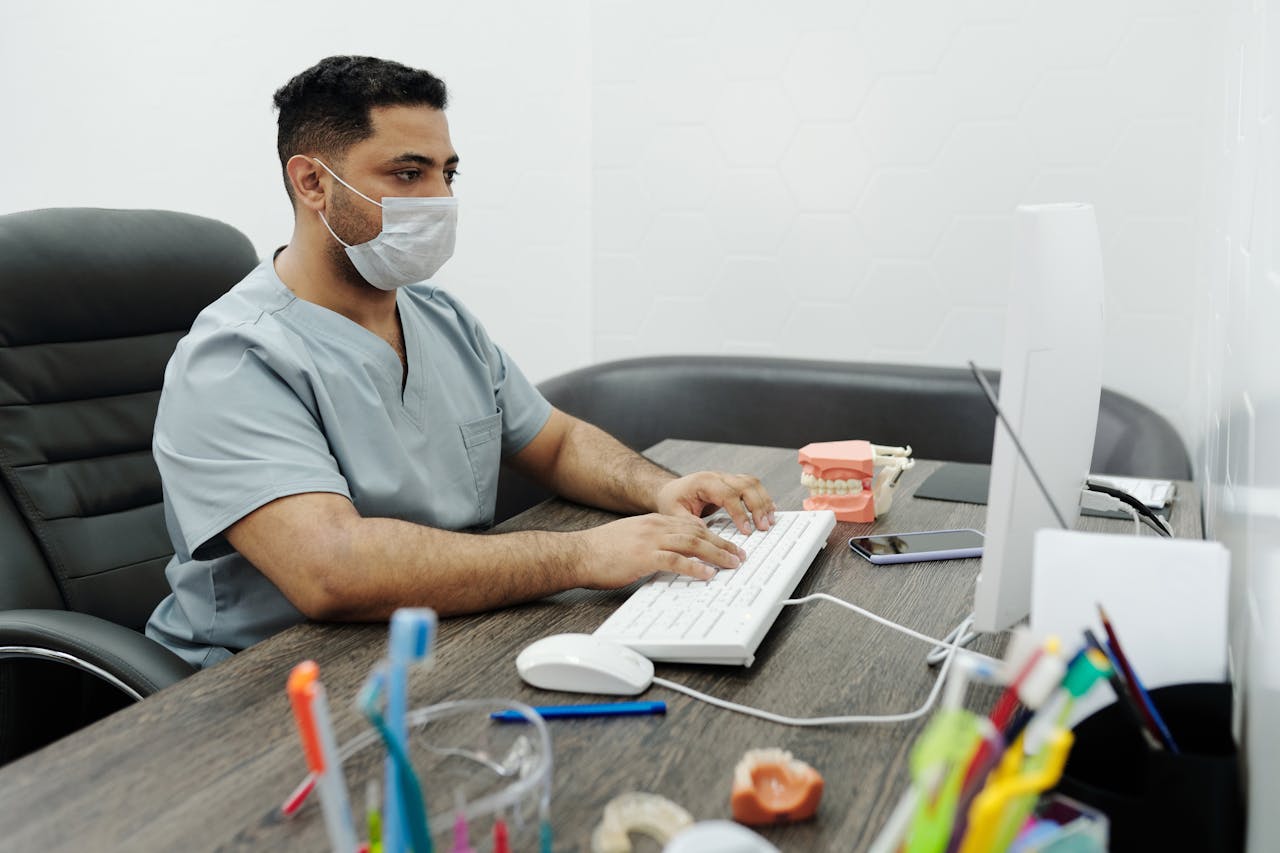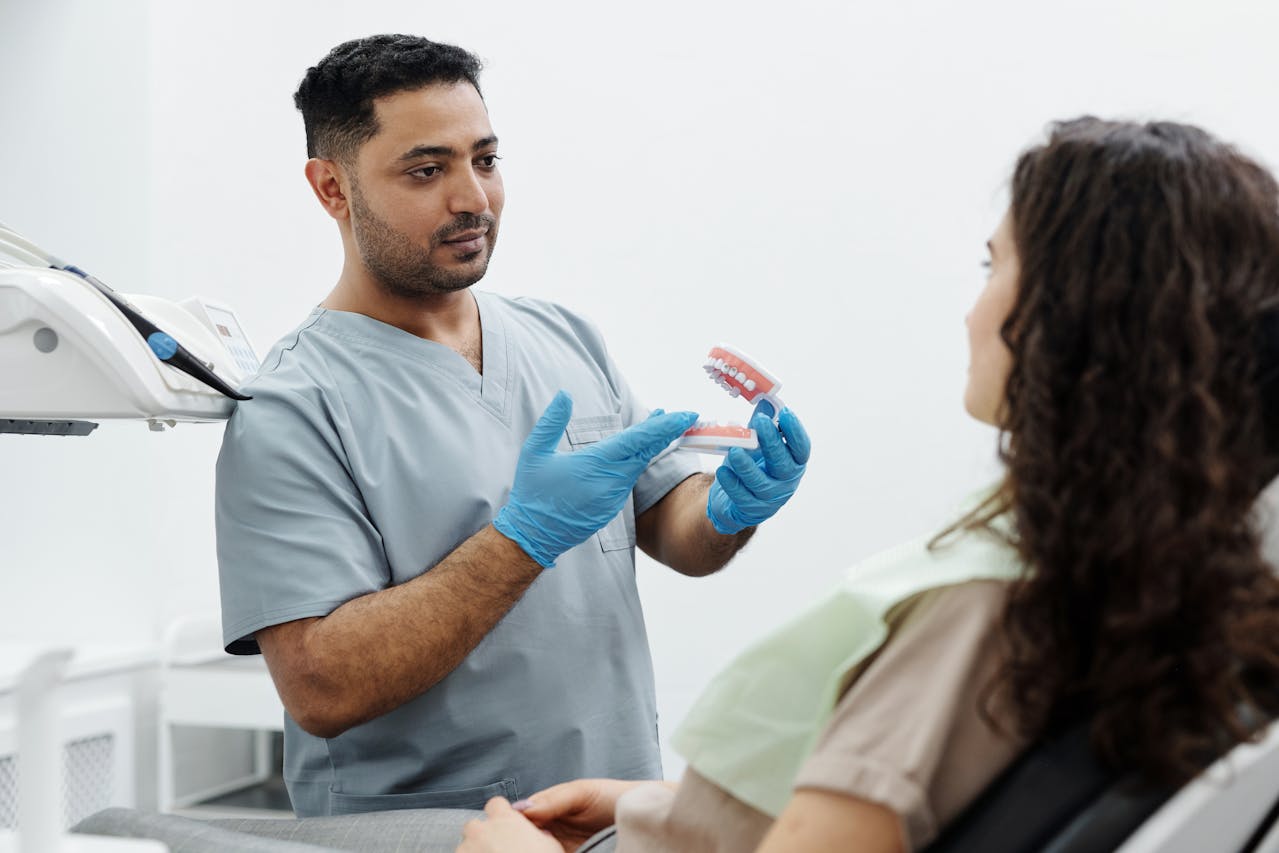How Much Do Dental Clinics Make in Massachusetts – 2025

Dental clinic owners and practice managers in Massachusetts face unique financial challenges and opportunities in 2025. Understanding revenue potential helps dental professionals make informed decisions about practice growth, staffing, and service offerings.
Dental clinics in Massachusetts generate varying annual revenues based on factors like location, clinic size, patient volume, and service mix, with individual dentist salaries ranging from $207,481 to $243,708 annually according to recent salary data. Revenue depends heavily on specialized services, treatment pricing, insurance coverage rates, and operational efficiency. Clinics must balance competitive dentist compensation in Massachusetts with sustainable profit margins to maintain successful operations.
1) Average Annual Revenue of Dental Clinics in Massachusetts
Dental practices in Massachusetts typically generate between $500,000 to $1.5 million in annual revenue. This range aligns with national averages but can vary significantly based on location and practice size.
The average dental practice brings in just over $1M in annual revenue across the United States. Massachusetts practices often fall within this benchmark due to the state's strong economy and high population density.
Urban practices in Boston and surrounding areas typically earn higher revenues than rural clinics. The difference stems from higher patient volume, increased competition, and elevated operating costs in metropolitan areas.
Practice size directly impacts revenue potential. Solo practitioners generally earn less than multi-doctor practices that can serve more patients and offer extended hours.
Specialty services boost revenue significantly. Practices offering orthodontics, oral surgery, or cosmetic dentistry often exceed the $1 million mark compared to general dentistry alone.
Patient demographics influence revenue streams. Areas with higher household incomes support more elective procedures and premium services, increasing overall practice profitability.
Massachusetts dental practices benefit from strong insurance coverage rates and educated patient populations who prioritize oral health care.
2) Impact of Dentist Salaries on Clinic Profitability
Dentist salaries represent the largest expense for most dental practices. They directly affect how much profit a clinic can generate each month.
Dental specialists made about $323,780 on average while general dentists earn less. This salary difference impacts clinic overhead costs significantly.
Most dental practices operate with profit margins between 30% to 40% of revenue. When dentist salaries increase, these margins shrink unless the practice raises prices or sees more patients.
Multi-dentist practices face higher salary costs but can generate more revenue per day. Single-dentist practices have lower salary expenses but limited earning potential.
Dental clinic owners must balance competitive salaries with profitability goals. High salaries attract skilled dentists who can perform complex procedures that generate more revenue.
Practice owners who work as dentists save on salary costs. They keep more revenue as profit instead of paying another dentist's wages.
The key is finding dentists who can produce enough revenue to cover their salaries plus generate profit. A dentist earning $250,000 annually should generate at least $400,000 in revenue to maintain healthy margins.
3) Revenue Variation by Clinic Size in Massachusetts
Small dental practices in Massachusetts typically generate between $500,000 to $800,000 in annual revenue. These single-dentist operations usually serve around 1,300 to 1,500 active patients.
Medium-sized practices with 2-3 dentists commonly earn $1.2 to $2.5 million annually. They benefit from shared overhead costs and can treat more patients efficiently.
Large dental clinics with multiple dentists and specialists often exceed $3 million in yearly revenue. Specialty dental clinics allow doctors to focus on specific procedures while maintaining better work-life balance.
Multi-location dental groups represent the highest revenue tier. Some Massachusetts dental organizations generate tens of millions annually across their network of clinics.
Practice size directly impacts dental clinic revenue potential through patient volume and service offerings. Larger practices can invest in advanced equipment and offer more specialized treatments.
Overhead costs also scale with practice size. While larger clinics have higher total expenses, they often achieve better profit margins through economies of scale and operational efficiency.
4) Effect of Location on Dental Clinic Earnings
Location plays a major role in determining how much dental clinics earn. Urban areas typically generate higher revenue than rural locations due to larger patient populations and higher treatment demand.
Clinics in urban areas with high patient volume might generate annual incomes ranging from $150K to over $500K. This wide range reflects the significant impact of geographic positioning on practice success.
Population density affects patient acquisition costs and appointment scheduling efficiency. Dense urban markets provide steady patient flow but often come with higher overhead expenses.
Rural dental practices may serve fewer patients but face less competition. These clinics often become essential community resources, which can lead to strong patient loyalty and referral networks.
Affluent neighborhoods typically support higher fee structures and elective procedures. Patients in these areas often have better insurance coverage and disposable income for cosmetic treatments.
State-specific factors also influence earnings potential. Massachusetts has specific licensing requirements, insurance regulations, and cost-of-living considerations that affect practice profitability compared to other states.
Commercial real estate costs vary dramatically by location within Massachusetts. Boston area practices pay premium rents but access larger patient bases than suburban or rural locations.
5) Role of Specialized Dental Services in Revenue
Specialized dental services generate significantly higher revenue per procedure compared to general dentistry. Procedures like orthodontics, oral surgery, and cosmetic dentistry command premium pricing.
Dental practice revenue varies widely by specialty, with some specialized practices earning well above the standard range. Orthodontics and periodontics typically produce the highest margins.
Cosmetic procedures like veneers, implants, and teeth whitening offer substantial profit potential. These services often have lower insurance dependency, allowing practices to set competitive cash prices.
Endodontic treatments and oral surgery procedures also boost revenue streams. Many patients prioritize these services despite higher costs due to medical necessity.
High-margin cosmetic dentistry and orthodontics income can shift profit margins significantly upward. Practices offering multiple specialties typically outperform general dentistry offices.
Adding specialized services requires additional training and equipment investment. However, the return on investment often justifies the initial costs through increased patient value and revenue per visit.
Massachusetts dental practices benefit from the state's higher income demographics, making specialized services more accessible to patients seeking premium care.
6) Average Patient Volume per Clinic
Massachusetts dental clinics typically see between 1,500 to 2,500 active patients per year. This number varies significantly based on location and practice size.
Urban practices in Boston and Cambridge often maintain higher patient volumes due to population density. These clinics may serve 2,000 to 3,000 patients annually.
Rural and suburban practices generally see fewer patients but often provide more comprehensive care per visit. They typically maintain 1,200 to 2,000 active patients.
New patients per month serves as a key indicator of practice growth and marketing effectiveness. Most successful Massachusetts practices aim for 25 to 40 new patients monthly.
Patient retention rates in Massachusetts average around 80% for established practices. Higher retention reduces the need for constant new patient acquisition.
Multi-dentist practices can handle larger patient volumes effectively. A two-dentist practice typically manages 2,500 to 4,000 active patients with proper scheduling systems.
Practice management software helps clinics track patient volume metrics and optimize scheduling efficiency.
7) Influence of Dental Treatment Prices on Income
Treatment pricing directly impacts dental clinic revenue in Massachusetts. Higher prices per procedure can boost income, but may reduce patient volume if costs exceed what patients can afford.
Dental care spending statistics show that price increases must balance profitability with patient accessibility. Clinics that price procedures too high risk losing patients to competitors.
Insurance reimbursement rates often limit how much practices can charge for covered services. Many procedures have set maximum allowable charges that insurance companies will pay.
Cash-paying patients give clinics more pricing flexibility. These patients typically accept higher fees for premium services or faster appointment availability.
Specialty procedures like implants or cosmetic treatments command higher prices than basic cleanings. Clinics offering these services can increase their average revenue per patient significantly.
Location affects pricing power within Massachusetts. Urban practices often charge more than rural clinics due to higher operating costs and greater demand for services.
Treatment mix influences overall practice income more than individual procedure prices. Clinics focusing on high-value procedures generate more revenue than those primarily offering basic services.
8) Contribution of Preventive Care Services to Revenue
Preventive care services form the backbone of steady dental practice revenue in Massachusetts. These services include routine cleanings, fluoride treatments, sealants, and regular examinations that patients need every six months.
Dental plans typically encourage preventive services by covering them fully or at low cost to patients. This coverage makes preventive appointments more accessible and increases patient compliance with regular visits.
Massachusetts dental practices benefit from high patient acceptance rates for preventive care. Patients view these services as essential rather than optional, creating predictable revenue streams throughout the year.
Preventive services also serve as entry points for identifying additional treatment needs. During routine cleanings and exams, dentists often discover issues that require restorative work, crowns, or other higher-value procedures.
The frequency of preventive visits helps practices maintain consistent cash flow. Unlike major procedures that happen sporadically, preventive care generates regular income every few months from established patients.
Smart practices use preventive appointments to educate patients about oral health and recommend appropriate treatments. This approach naturally leads to increased treatment acceptance and higher overall practice revenue.
9) Revenue from Cosmetic Dentistry Procedures
Cosmetic dentistry generates substantial revenue for dental practices in Massachusetts. Dental procedures that typically have higher profit margins include teeth whitening, veneers, and dental implants.
The cosmetic dentistry market reached $28.48 billion globally in 2025. North America represents a significant portion of this market, with strong growth projected at 7.5% annually.
Teeth whitening procedures offer excellent profit margins due to low material costs and high patient demand. These treatments typically require minimal chair time while generating strong returns.
Dental implants command premium pricing in Massachusetts markets. Single implant procedures can generate $3,000 to $6,000 in revenue per case, making them highly profitable for practices.
Veneers and smile makeovers represent the highest revenue cosmetic procedures. Complete smile transformations often exceed $15,000 per patient in Massachusetts practices.
Cosmetic dentistry market growth is expected to reach $59.52 billion by 2034. This expansion creates significant opportunities for Massachusetts dental practices to increase revenue streams.
Botox and dermal fillers add complementary revenue sources. Many dental practices now offer these services to existing cosmetic dentistry patients, creating additional income opportunities.
10) Dental Insurance Coverage Impact on Sales
Dental insurance coverage directly affects patient acceptance rates for treatment plans. Patients with insurance are three times more likely to proceed with recommended procedures than those paying out of pocket.
Insurance coverage reduces financial barriers that prevent patients from seeking care. When patients know their insurance will cover a portion of costs, they schedule appointments more readily and accept comprehensive treatment plans.
The dental insurance market reaches $97.7 billion in 2025 and continues growing. This expansion means more potential patients have coverage that makes dental care affordable.
Practices that accept multiple insurance plans see higher patient volume. Each additional insurance plan accepted can increase new patient inquiries by 15-20% in competitive markets.
Insurance verification and pre-authorization processes help patients understand their benefits upfront. This transparency leads to fewer payment disputes and higher treatment acceptance rates.
Patients with preventive coverage through insurance visit more frequently for cleanings and checkups. These regular visits create opportunities to identify and treat issues early, generating additional revenue streams.
Massachusetts dental practices report that insured patients generate 40% more annual revenue per patient compared to cash-pay patients. Insurance coverage enables patients to afford larger treatment plans they might otherwise decline.
Key Financial Factors Impacting Dental Clinic Revenue in Massachusetts
Massachusetts dental clinics face unique revenue challenges shaped by geographic competition, varying insurance reimbursement rates, and diverse patient demographics. Service mix and specialization levels directly determine practice profitability across different regions.
Geographic Location and Patient Demographics
Urban dental practices in Boston and Cambridge generate higher revenue per patient due to increased competition and affluent demographics. These areas support premium pricing for cosmetic and elective procedures.
Rural practices in Western Massachusetts face different challenges. Patient volumes remain steady but average treatment values drop significantly. Travel distances limit patient retention rates.
Population density affects revenue streams:
- Metro Boston: $850,000-$1.2M annual revenue
- Suburban areas: $650,000-$900,000 annual revenue
- Rural regions: $400,000-$650,000 annual revenue
The demand for dental care in Massachusetts continues rising with an aging population requiring advanced treatments. This demographic shift creates opportunities for practices offering specialized geriatric care.
College towns like Amherst and Northampton present mixed revenue patterns. Student populations provide volume but limit high-value procedures during academic breaks.
Insurance Types and Payer Mix
Massachusetts dental practices depend heavily on insurance reimbursement structures. Private insurance typically reimburses 70-80% of standard fees while state programs offer lower rates.
Common payer mix percentages:
- Private insurance: 45-55%
- Self-pay patients: 25-35%
- MassHealth: 15-25%
- Medicaid: 5-15%
MassHealth reimbursement rates lag behind private insurance by 30-40%. Practices accepting higher Medicaid volumes sacrifice profit margins for patient volume.
Fee-for-service models generate more revenue than capitation agreements. Most successful practices limit capitation contracts to 20% of total patient base.
Self-pay patients contribute the highest per-visit revenue. These patients often pursue cosmetic procedures with markups of 200-300% above insurance-reimbursed rates.
Service Offerings and Specializations
General dentistry practices generate baseline revenue through cleanings, fillings, and routine care. Specialized services command premium pricing and boost dental practice revenue significantly.
High-revenue specializations include:
- Oral surgery: $2,000-$8,000 per procedure
- Orthodontics: $4,000-$7,000 per case
- Implant dentistry: $3,000-$6,000 per implant
- Cosmetic procedures: $500-$2,500 per visit
Practices offering multiple specialties under one roof capture more revenue per patient. Cross-referrals between specialists increase treatment acceptance rates by 40-60%.
Emergency dental services provide consistent revenue streams. After-hours care commands 150-200% premium pricing over standard appointments.
Pediatric dentistry generates steady revenue through routine care but limits high-value procedures. Adult-focused practices typically achieve higher annual revenue totals.
Challenges and Opportunities for Dental Clinics in 2025
Massachusetts dental clinics face significant cost pressures from staffing shortages and new regulations while simultaneously gaining access to revenue-generating digital technologies. These market forces require strategic planning to maintain profitability.
Rising Operational Costs and Regulatory Changes
Staffing shortages continue to challenge dental practices across Massachusetts in 2025. Dental hygienists and assistants command higher salaries due to limited supply.
Many practices report 25-30% increases in wage costs compared to pre-2020 levels. Benefits packages now include signing bonuses and flexible scheduling to attract workers.
Key Cost Factors:
- Dental assistant wages: $22-28/hour
- Hygienist wages: $42-48/hour
- Employee benefits: 20-25% of salary costs
- Recruitment fees: $2,000-5,000 per position
Insurance reimbursement rates have not kept pace with rising operational expenses. Massachusetts Medicaid dental rates increased only 3% while practice costs rose 12-15% annually.
Regulatory compliance adds administrative burden. OSHA updates and infection control protocols require staff training and documentation. Electronic health record mandates increase software licensing costs by $200-400 per provider monthly.
Adoption of Digital Dentistry and Technology
Digital dentistry investments generate measurable returns for Massachusetts practices. Intraoral scanners eliminate impression materials and reduce appointment times by 15-20 minutes.
CAD/CAM systems enable same-day crown production. Practices report $150-200 additional revenue per crown compared to traditional lab work. Patient satisfaction scores increase due to convenience.
Technology ROI Examples:
- Intraoral scanner: 18-24 month payback
- CAD/CAM system: 24-36 month payback
- Digital X-ray: 12-18 month payback
AI-powered diagnostic tools assist with treatment planning and case acceptance. Dental technology advancements in 2025 include automated scheduling and patient communication systems.
Teledentistry expands consultation capabilities. Massachusetts regulations permit remote consultations for existing patients. Practices charge $75-125 for virtual visits, creating new revenue streams without chair time.
Training costs range from $5,000-15,000 per technology implementation. Staff productivity increases within 3-6 months of adoption.
Frequently Asked Questions
Dental clinic owners in Massachusetts face unique financial challenges and opportunities in 2025. Revenue patterns vary significantly based on clinic size, location, and specialization levels across the state.
What is the average annual income for dental clinics in Massachusetts as of 2025?
Dental clinics in Massachusetts generate varying annual revenues depending on their size and patient volume. Solo practices typically earn between $600,000 to $1.2 million annually.
Multi-dentist practices can reach $2 million to $5 million in gross revenue per year. The average dentist salary in Massachusetts ranges from $207,481 to $243,708 annually.
Clinic profitability depends heavily on overhead costs, which typically range from 65% to 75% of gross revenue. Location within Massachusetts significantly impacts both patient volume and fee schedules.
How does the income of dental clinics in Massachusetts compare to other states in 2025?
Massachusetts dental clinics rank among the top-earning practices nationwide. The state's higher cost of living supports premium fee structures compared to national averages.
Dentists in Massachusetts earn approximately 5% lower than the national average at $232,314 annually. However, clinic gross revenues often exceed national benchmarks due to higher procedure fees.
The state's educated population and comprehensive insurance coverage create favorable market conditions. Competition remains intense in metropolitan areas like Boston and Cambridge.
What factors influence the profitability of dental clinics in Massachusetts?
Location significantly impacts clinic profitability across Massachusetts. Urban practices in Boston and surrounding suburbs command higher fees but face increased overhead costs.
Patient demographics affect treatment acceptance rates and insurance reimbursement levels. Practices serving affluent communities typically achieve higher profit margins through elective procedures.
Operational efficiency directly correlates with profitability. Clinics with optimized scheduling and modern equipment reduce per-patient costs while increasing throughput.
What is the average salary for dentists in different specializations within Massachusetts in 2025?
General dentists earn between $189,921 and $261,525 annually in Massachusetts. Orthodontists typically command higher salaries ranging from $280,000 to $450,000 per year.
Oral surgeons represent the highest-earning specialty with annual incomes exceeding $500,000. Pediatric dentists average $250,000 to $350,000 annually depending on practice location.
Endodontists and periodontists earn similar ranges of $300,000 to $400,000 per year. Specialized dental services significantly increase clinic revenue potential.
How have changes in dental technology or insurance impacted dental clinic earnings in Massachusetts?
Digital dentistry adoption has increased initial equipment costs but improved long-term profitability. CAD/CAM systems enable same-day restorations, reducing lab fees and patient visits.
Insurance reimbursement rates have remained relatively stable in Massachusetts. However, increased patient co-pays have affected treatment acceptance rates for elective procedures.
Teledentistry consultations have created new revenue streams for some practices. Technology investments typically require 18-24 months to achieve positive returns on investment.
What are the projected financial trends for dental clinics in Massachusetts over the next five years?
Dental clinic revenues are expected to grow 3-5% annually through 2030. An aging population will drive increased demand for restorative and implant procedures.
Consolidation trends favor larger group practices over solo practitioners. Corporate dental chains are expanding their Massachusetts presence, intensifying competition.
Preventive care emphasis may reduce revenue from restorative procedures. However, cosmetic dentistry demand continues growing among affluent Massachusetts residents.









